Dictionary of Space Concepts
Welcome to the Dictionary of Space Concepts
What is the Dictionary of Space Concepts?
The Dictionary of Space Concepts (DSC) is a project by UNIVERSEH – the European Space University of Earth and Humanity. Starting in 2020, this Alliance of five European Universities decided to launch an online dictionary dealing with terms and concepts related to space sciences. It should be created and used by students, lecturers, researchers and citizens alike.
After an initial planning phase, the DSC was published in spring 2022. It opens up several opportunities for all members of the UNIVERSEH Alliance and interested citizens to contribute to the content of the DSC.
In our course "Terms and Concepts of Space", students learn how to write a dictionary article and later on contribute several entries to the DSC.
Special | A | B | C | D | E | F | G | H | I | J | K | L | M | N | O | P | Q | R | S | T | U | V | W | X | Y | Z | ALL
L |
|---|
Lagrange Point | |||
|---|---|---|---|
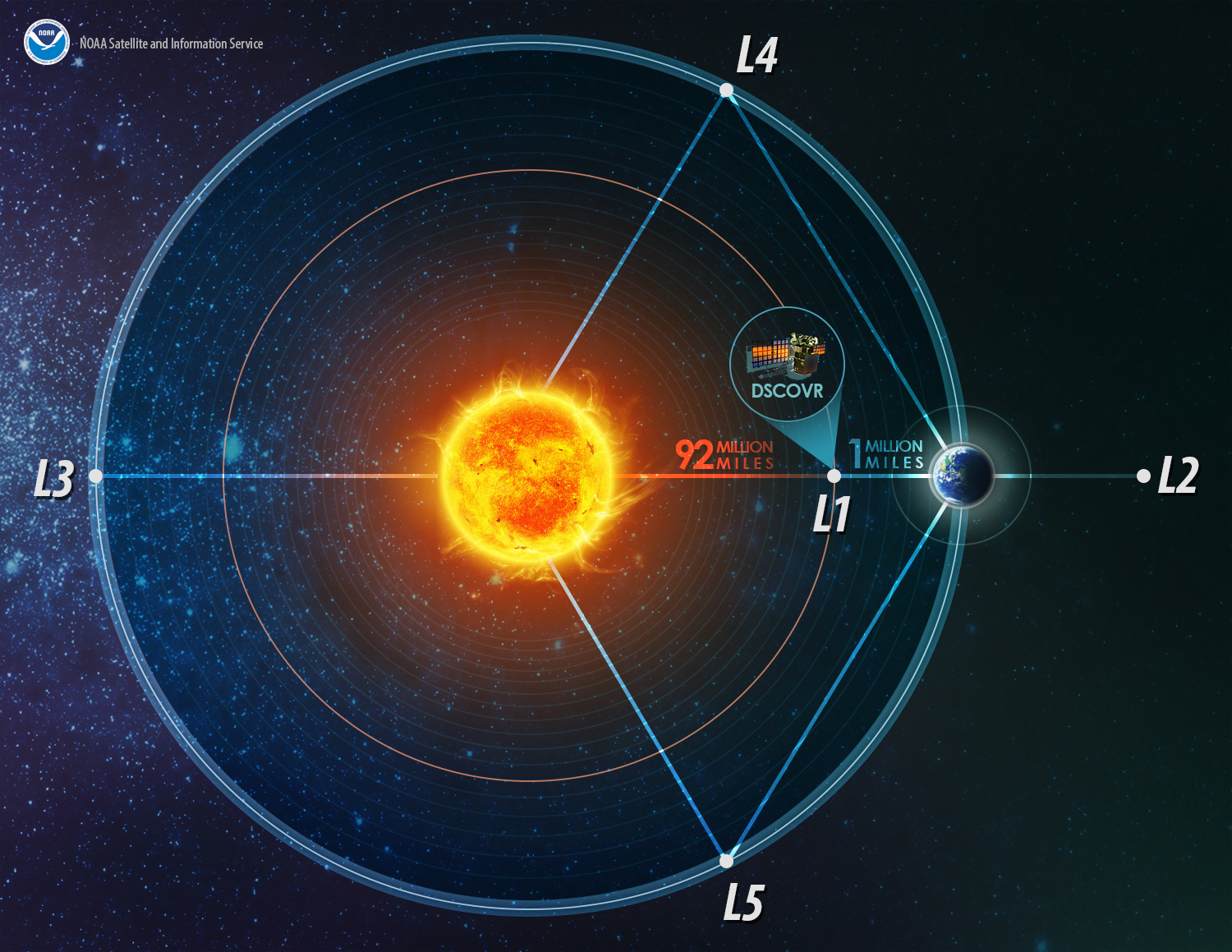 Source: NOAA Images (2016, September 21). Lagrange Points. flickr. https://www.flickr.com/photos/125201706@N06/29832072485 Short Definition: A Lagrange Point is a place where the gravitation force of two large masses (for example the earth and sun) addition together, so that a small object (for example a spacecraft or a telescope) can move with the two large masses on a path. There are 5 different Lagrange points in total for each constellation. Detailed Definition: In the spot of a Lagrange point, the gravitational force by two large masses equal the centripetal force (the force that makes a body follow a curved path), which is required for the small mass to move along the two large masses and can reduce the fuel usage. The Lagrange points L1,L2 and L3 are unstable, which can lead to an unwanted movement of the small mass away from the Lagrange point if a force is properly applied to the small mass. The Lagrange points L4 and L5 are stable. The calculation is done by solving the three-body problem, where the Lagrange points are the constant solution for. Etymology: The word point originated from the Latin word pungere("to prick, pierce"). Sample Sentence(s): "The Lagrange point L2 is the position of the James Webb Space Telescope." Translations: French: PointdeLagrange German: Lagrange-punkt
Polish: punkt Lagrange’a, punkt libracji
Swedish: Lagrangepunkt
Italian: punto di Lagrange
Links to Videos/Articles: https://www.chicagospace.org/the-five-lagrange-points-l1-l2-l3-l4-and-l5/ https://solarsystem.nasa.gov/resources/754/what-is-a-lagrange-point/ https://www.esa.int/Enabling_Support/Operations/What_are_Lagrange_points | |||
Launch escape system | ||
|---|---|---|
 NASA. (1965, June). Apollo Pad Abort Test #2. Retrieved from https://upload.wikimedia.org/wikipedia/commons/1/17/Apollo_Pad_Abort_Test_-2.jpg Short Definition: Launch escape system (LES) or launch abort system (LAS) is a system in rockets that will separate a capsule with crew and move it away from the rocket in case of emergency such as pending rocket explosion. This is a safety measure necessary to evacuate the crew when their presence in the rocket is life-threatening. Detailed Definition: LES is attached to the capsule and usually has thrusters and a little fuel. It is just enough to propel it for a short time and send the capsule away from the rocket. It can be placed above capsule as a tower (as in Apollo) or be a part of capsule (as in Crew Dragon). LES doesn't have to be detachable from the capsule with crew, but if it is (as towers), it will be separated as soon as it runs out of fuel or when it is no longer needed. When LES finished working, capsule can land or splash with its own parachutes. Nowadays all crewed missions are equipped with some kind of launch escape system. Etymology: Launch – from Old French lancier– to fling, hurl, throw, castEscape – Old French eschaper– free oneself from confinementSystem – from Late Latin or Greek systema– an arrangement, organized whole, a whole compounded of parts Sample Sentences: The launch escape system provided a critical safety measure for astronauts in case of a rocket malfunction. Translations: French: Tour de sauvetageGerman: Rettungsrakete Italian: Sistema di fuga di lancio Polish: Rakietowy System Ratunkowy Swedish: Starta utrymningssystem Russian: Система аварийного спасения Ukrainian: Система аварійного порятунĸу References: McHale, S. (2014, February). Soyuz launch escape system. Retrieved from https://web.archive.org/web/20140221212224/http://suzymchale.com/ruspace/soyescape.html Clark, S. (2010, February). Orbital sees bright future for Orion launch abort system. Retrieved from https://spaceflightnow.com/news/n1002/18orionlas/ | ||
Light Pollution | |||
|---|---|---|---|
 Source: Law, L. (2015, February 25). Night sky with light pollution from Coachella Valley. flickr. https://www.flickr.com/photos/115357548@N08/16026201013 Short Definition: Light pollution is the effect of excessive or poor use of artificial outdoor light sources. There are several negative impacts from it: it disrupts both the human sleep and natural patterns of wildlife, it is a factor in the increase in carbon dioxide in the atmosphere, and obscures the celestial bodies in the night sky. Detailed Definition: Light pollution, also referred to as luminous pollution, is the negative consequence of excess of artificial light and its misuse. There are several major repercussions to the increasing amounts of light in the night sky, such as sky glow, disruption of natural body rhythms in both human and animals, and the obscured ability of celestial object observation. The sky glow is the over presence of artificial light in densely populated areas after sunset, which results in disruptions of melatonin hormone in humans, causing sleep deprivation, fatigue, headaches, stress, and anxiety. Studies indicate a connection between the low melatonin levels and cancer. Light pollution also impacts the behaviour of animals, such as migration patterns, wake-sleep habits and habitat formation. Sky glow impairs the research of the night sky, obscuring stars and other celestial bodies. Etymology: "light" - Old English leht, West Saxon leoht, German Licht - brightness, radiant energy, that which makes things visible "pollution" - Late Latin pollutionem, Latin polluere - defilement, to soil, defile, contaminate Sample Sentence(s): "Light pollution disrupts astronomers in their study of space." "It is increasingly difficult to appreciate the beauty of the evening sky, as the light pollution obscures the visibility of stars." Translations of Terms/Concepts into Partner Languages French: Pollution lumineuse German: Lichtverschmutzung Polish: Zanieczyszczenie światłem Swedish: Ljusförorening Links to Videos/Articles: https://education.nationalgeographic.org/resource/light-pollution https://education.nationalgeographic.org/resource/mapmaker-light-pollution https://planetfacts.org/light-pollution/ https://www.youtube.com/watch?v=UdIGJNVUwmE | |||
Liu Yang | ||
|---|---|---|
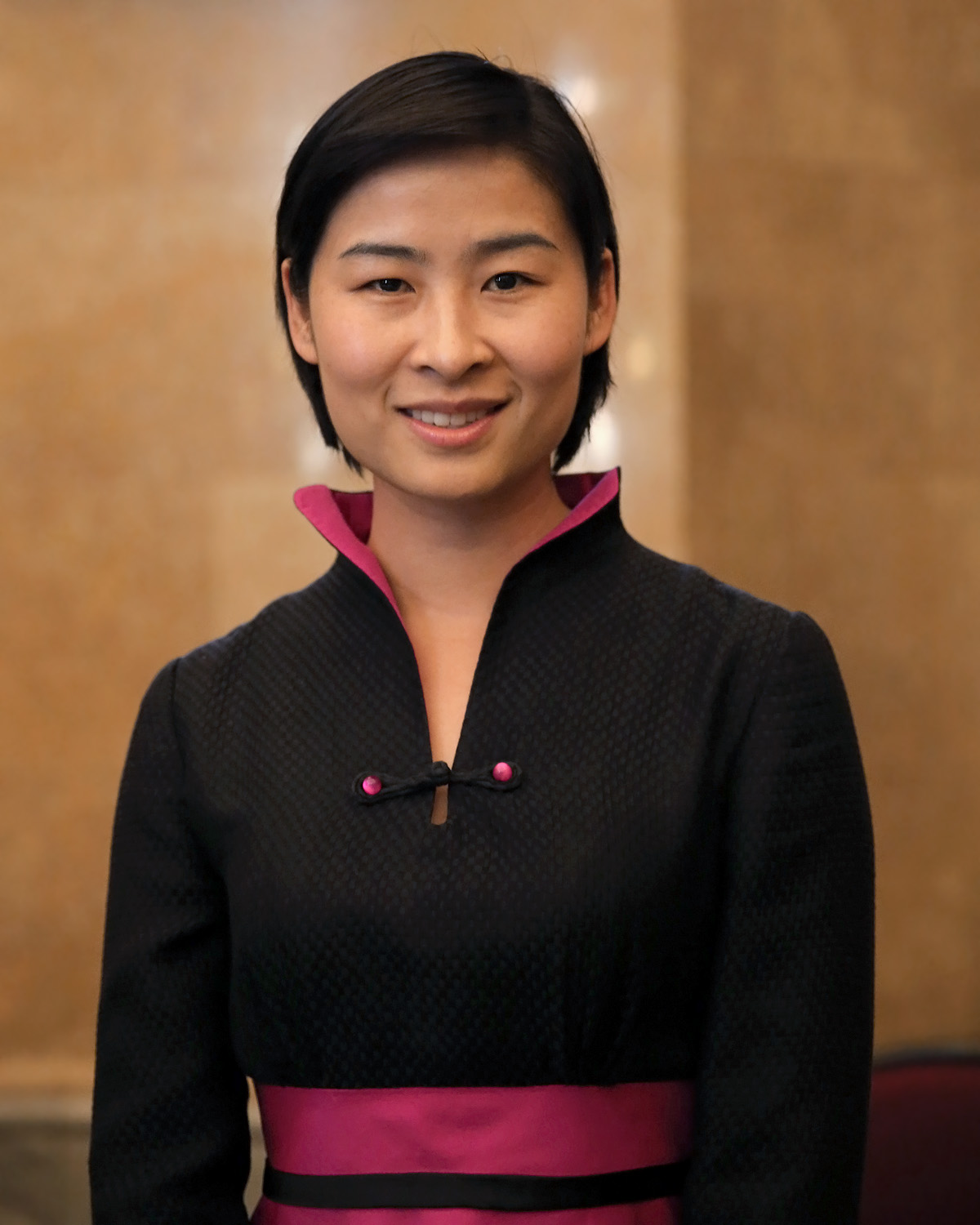 Short
Definition
Soon
after, on June 16, 2012, Liu Yang launched into space, accompanied by commander
Jing Haipeng and operator Liu Wang.
This milestone
mission marked China's first successful crewed space docking with the Tiangong
1 space module. During the mission, Liu Yang took charge of conducting medical
experiments. Etymology Sample Sentence(s) "[…] having Liu Yang on board will not only help the country's aspiring space program test equipment designed for women in preparation for the building of an orbiting space station, but it will also expand the social impact of human space missions." Wolchover, N. (2012, June 15). Who Is China’s First Female Astronaut? livescience.com. https://www.livescience.com/34002-china-female-astronaut.html
Links to Videos/Articles:
● Wolchover, N. (2012, June 15). Who Is China’s First Female Astronaut? livescience.com. https://www.livescience.com/34002-china-female-astronaut.html ● China’s first female astronaut ready for new space mission. (2022, June 4). CGTN. https://news.cgtn.com/news/2022-06-04/China-s-first-female-astronaut-ready-for-new-space-mission-1aAKaX706GI/index.html ● Gregersen, E. (Invalid Date). Liu Yang. Encyclopedia Britannica. https://www.britannica.com/biography/Liu-Yang ●
CGTN. (2022, September 6). Liu Yang: No preferential treatment for being
a woman in space [Video]. YouTube.
| ||
Low Earth orbit | |||
|---|---|---|---|
Source: https://commons.wikimedia.org/wiki/File:Orbitalaltitudes.svg Short Definition: The Low Earth Orbit (in short, LEO) is an orbit that is relatively low compared to typical space orbits. An object orbiting Earth above 100 km and below 2000 km can be described as orbiting on Low Earth Orbit. In terms of orbiting time, a low Earth orbit have an orbiting period of 128 minutes or less. Low Earth Orbit is often used as temporary orbit for spacecrafts travelling further into space. Detailed Definition: The Low Earth Orbit (LEO in short) is a zone around Earth from a 100 km (Kármán line) to about 2000 km above Earth's surface. Due to orbits shape varying from circles to ellipses, better description is done using time. A body orbiting at the Low Earth Orbit has an orbiting time around 128 minutes or less. The pull of gravity in the LEO is only slightly less than on the Earth's surface, and the orbiting body still encounters atmospheric drag from present gas particles. Due to this, the LEO is often used as a transitive stage for spaceships traveling further into space, as the mean orbital velocity needed to maintain a stable low Earth orbit is about 7.8 km/s, rather than being used as a stable orbit due to constant need of course correction. The most famous spacecraft orbiting in the LEO is the International Space Station, orbiting at around 400 km above Earth’s surface. Etymology: Low - From Middle English lowe, lohe, lāh, from Old Norse lágr (“low”) Sample Sentence(s): "The International Space Station is the largest modular space station currently in the Low Earth Orbit." Translations: French: Orbite terrestre basse German: Niedrige Erdumlaufbahn Polish: Niska orbita okołoziemska Swedish: Låg omloppsbana Links to Videos/Articles: https://www.esa.int/ESA_Multimedia/Images/2020/03/Low_Earth_orbit | |||
Lunar regolith | |||||||||
|---|---|---|---|---|---|---|---|---|---|
Image/Video/Audio: Image/Video/Audio Source: https://upload.wikimedia.org/wikipedia/commons/8/89/Apollo_11_bootprint.jpg Short Definition:
Detailed Definition:
Etymology:
Sample Sentence(s):
Translations of Terms/Concepts into Partner Languages [Multiple fields for entering the translation of the term in each partner language, additional languages can potentially be added, e.g. Russian, Chinese, Portuguese] French:
German:
Polish:
Swedish:
Links to Videos/Articles: | |||||||||
Lunar Theory | |||
|---|---|---|---|
 Image/Video/Audio: Image/Video/Audio Source: Newton, I. (1687, January 1). Isaac Newton's diagram from the 'Principia' of 1687 (Book 3, Proposition 25, at p.434). wikimedia commons. https://commons.wikimedia.org/wiki/File:096-newt1687-figp434.jpg
Short Definition:
Lunar Theory is the measurement and prediction of the movements of the moon as a method of a priori deduction with the principles of the laws of gravity. For the first time in the modern era, Isaac Newton mentioned in his book Principia in 1687 that the motion of the moon could be calculated mathematically by the law of gravity.
Detailed Definition:
Lunar theory, the theory that the movements of the moon can be calculated by gravitational laws, put forward by Isaac Newton in 1687, is a cumulative result of moon observations that found their roots in ancient Babylonian, Greek and Arabian geography. In his book, Newton's Principia, he made the first inferences about how the gravitational motion of the Earth and Moon towards the sun could be measured mathematically. With the development of technology, especially after the 1960s, lunar theory has been retested with the help of automatic digital computation and modern observational data-types. With computer-assisted algebra, new analytical developments have been experienced, and new analytical theories have been created.
Etymology:
Lunar – Latin (lūnāris) Theory – Ancient Greek (theōréō ) (lunar - Wiktionary. (n.d.). https://en.wiktionary.org/wiki/lunar) (theory - Wiktionary. (n.d.). https://en.wiktionary.org/wiki/theory)
Sample Sentence(s):
‘’These views, however, are due to a lack of understanding of the close relation that exists between the kinematical model of Horrocks, and the dynamical lunar theory of Newton.’’ (Newton’s lunar theory. (n.d.). http://physics.ucsc.edu/. http://physics.ucsc.edu/~michael/koll.html) ‘’Newton's dynamics, and his lunar theory especially, were difficult for his contemporaries and they are perhaps even more difficult now.’’ (Success and failure in newton’s lunar theory. (n.d.). Oxford Academic. https://academic.oup.com/astrogeo/article/41/6/6.21/225623)
Translations of Terms/Concepts into Partner Languages: French:
Théorie lunaire German: Mondtheorie Polish:
Teoria Księżyca, teoria ruchu Księżyca Swedish:
Månteori Turkish: Ay Teorisi
Links to Videos/Articles:
Newton’s lunar theory. (n.d.). http://physics.ucsc.edu/. http://physics.ucsc.edu/~michael/koll.html ScienceClic English. (2019, January 5). Newton’s Gravity [Video]. YouTube. https://www.youtube.com/watch?v=OE5LBi7hZkU Success and failure in newton’s lunar theory. (n.d.). Oxford Academic. https://academic.oup.com/astrogeo/article/41/6/6.21/225623 | |||
UNIVERSEH is an alliance of:
All rights reserved. Funded by the European Union. Views and opinions expressed are however those of the author(s) only and do not necessarily reflect those of the European Union or the European Education and Culture Executive Agency (EACEA). Neither the European Union nor the granting authority can be held responsible for them.

